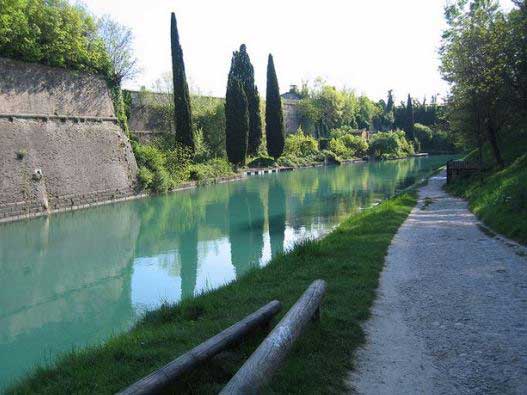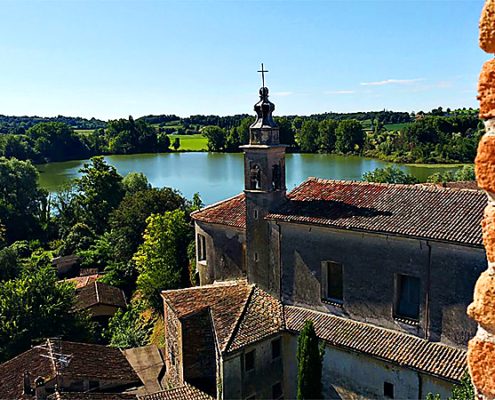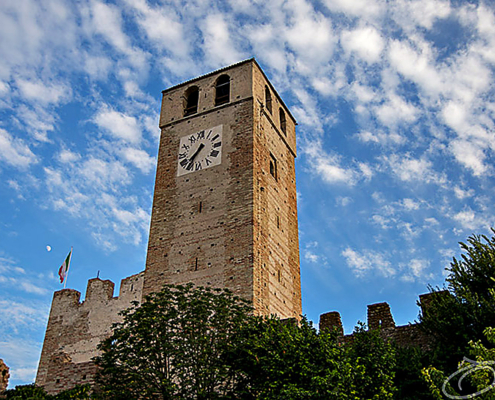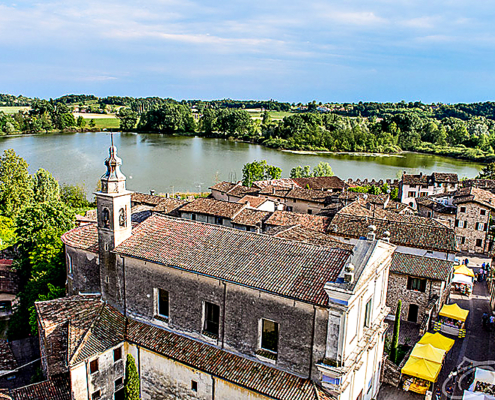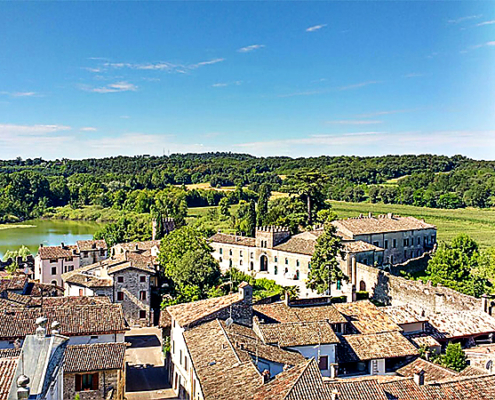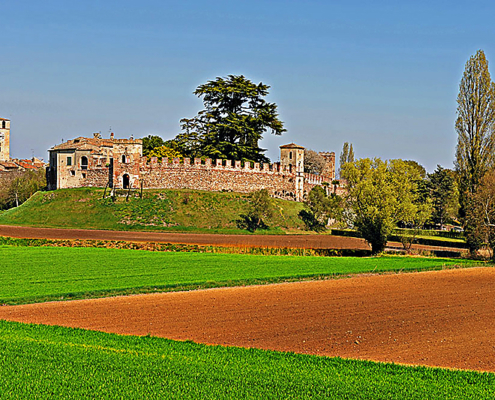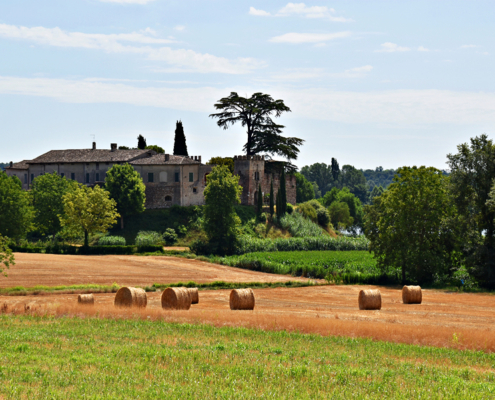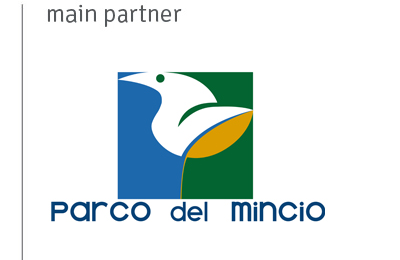![]() – Monzambano
– Monzambano
The Castellaro Lagusello Nature Reserve
The ancient medieval village with beautiful walls overlooks a small heart-shaped lake. A route, partly on a dirt road and partly on a wooden walkway, created by the park allows you to get closer to the wetland. Other routes are possible on foot on dirt roads towards the Monte Tondo area or along paths that enter oak or oak woods. In the bell tower of the village there is a small space set up with information panels on the particular eco-mosaic of habitats present in the area.
The Site of Community Importance and special conservation area (SAC) “Morainic Complex of Castellaro Lagusello” extends over an area of approximately 271 hectares in the territory of the municipalities of Mozambano and Cavriana: it is in the central part of the Garda morainic amphitheater, made up from low and rounded hills, in the band between Garda and the plain. In the inter-morainic depressions there are wetlands or small bodies of water, of which the heart-shaped lake of Castellaro represents a splendid example. The waters flow out of the lake through the Fossa Redone Inferiore, which goes around the village of Castellaro Lagusello to the west, and enters the Torbierina, invading the holes of the old peat quarry. The Giudes wetland is located less than 1 km from the lake in a south-west direction. Another spring is present near Cascina Le Colombare. The site entirely includes the Regional Nature Reserve “Morainic Complex of Castellaro Lagusello” which involves the lake, the surrounding wetland and the hilly area of Monte Tondo, over a total area of 138.6 hectares.
Dating back to 1100-1200, the castle of Castellaro was built by the Scaligeri family but, due to its strategic position within the morainic amphitheatre, it ended up in the possession of the Viscontis, then the Gonzagas and finally of the Serenissima Republic of Venice. Built on a natural hill north of a small heart-shaped lake, it was defended by mighty crenellated walls and ten towers. Of the ancient building, the surrounding walls, four towers, some sections of the patrol walkway and two rustic medieval houses still remain almost intact. Proclaimed a World Heritage Site by UNESCO, the archaeological site near Castellaro Lagusello has yielded precious finds from the Bronze Age relating to pile-dwelling civilisations, today exhibited at the Archaeological Museum of Alto Mantovano in Cavriana. Castellaro Lagusello has obtained the recognition of the most beautiful village in Italy.
A hamlet of the Municipality of Monzambano, a small, quiet and intimate village, Castellaro Lagusello is included within the ancient city walls which is accessed via a large door equipped with a drawbridge until the eighteenth century and is reflected in an evocative morainic lake heart-shaped (the lagusello), now a protected natural reserve.
As soon as you enter the door, you come across the baroque church dedicated to San Nicola, which preserves a wooden Madonna of considerable value, a Via Crucis and a series of Mysteries of the Rosary, attributed to Ugolini. The Bell Tower, recently restored, can be visited from April to October during weekends and holidays: the best observation point to enjoy the panorama of the Morainic Hills and to photograph the famous heart-shaped lake of Castellaro. Walking along the alleys, paved in river stone, overlooked by houses built with exposed stones, you arrive at the final square where you can admire the ancient medieval castle, now Villa Arrighi.
It is possible to book at the Monzambano Infopoint for a guided tour of the Village, the Tower and the Reserve.
Cell. 345.6614141 | Email turismo@monzambano.gov.it
Good to know
Look at the gallery
Click a TAG for similar articles
How to get


